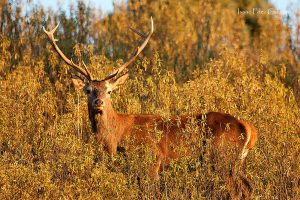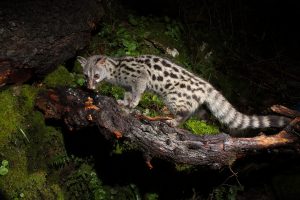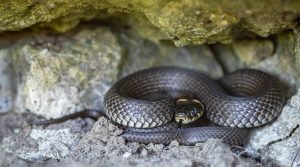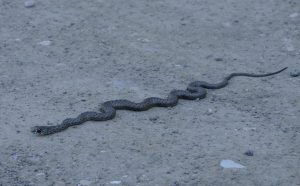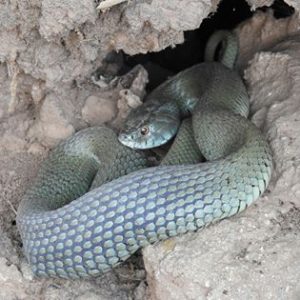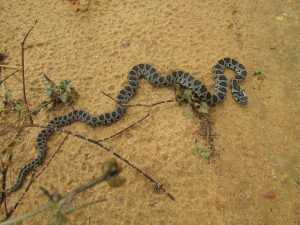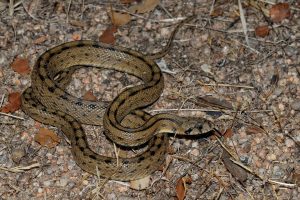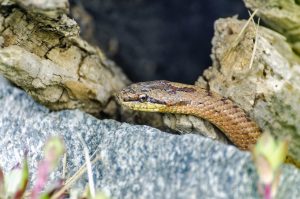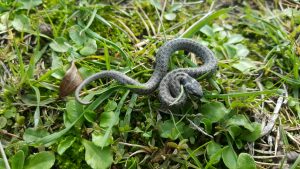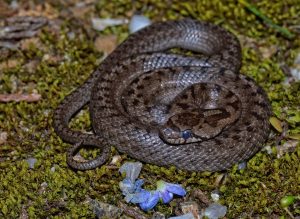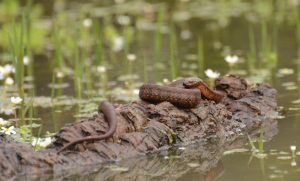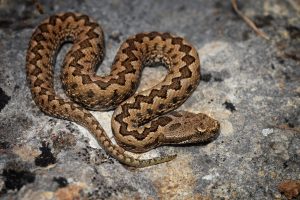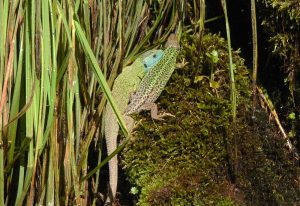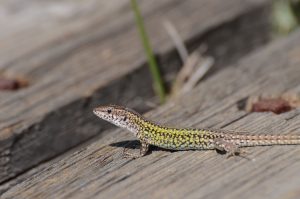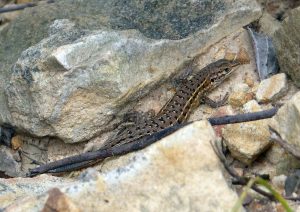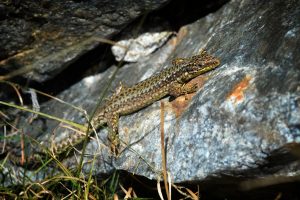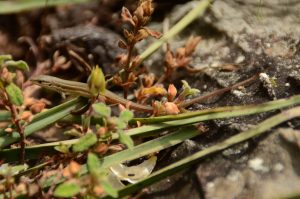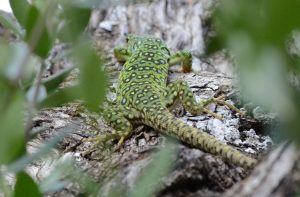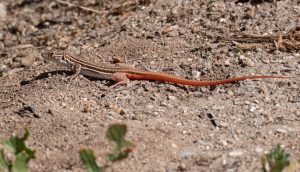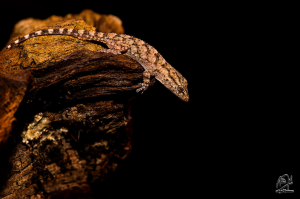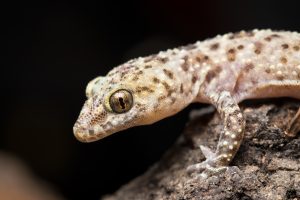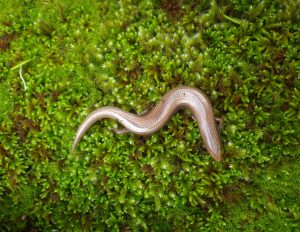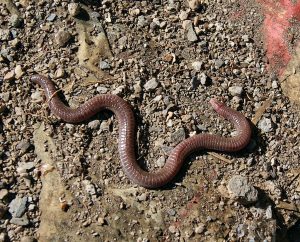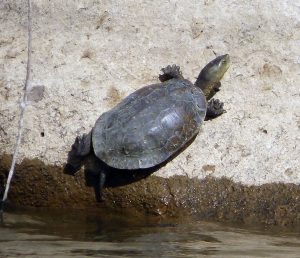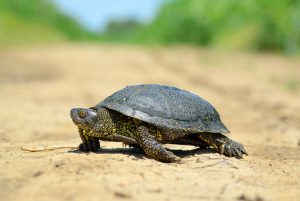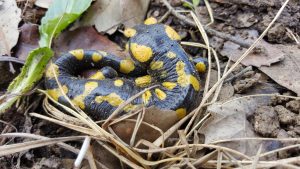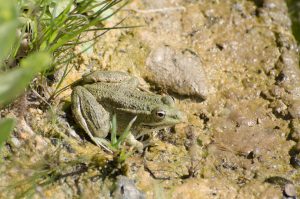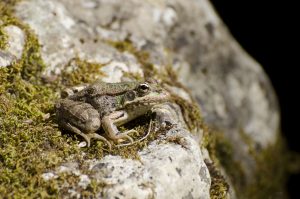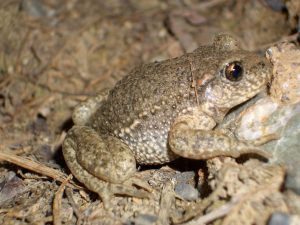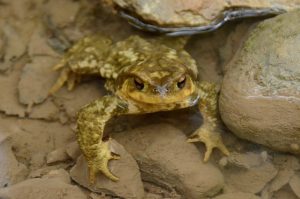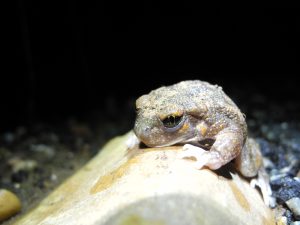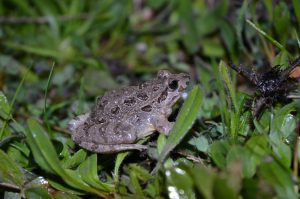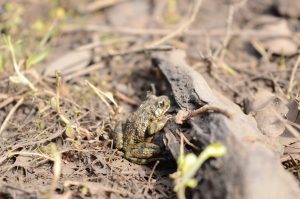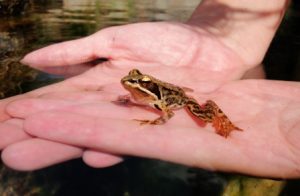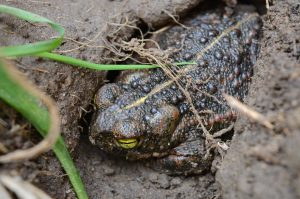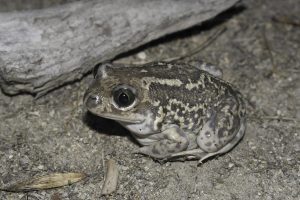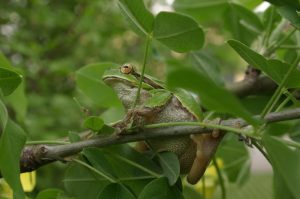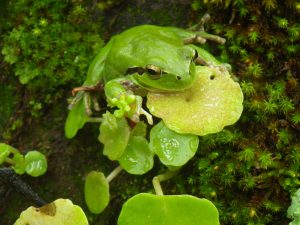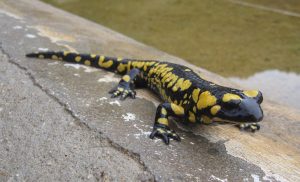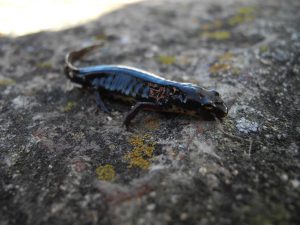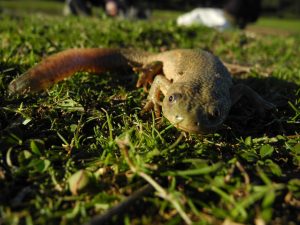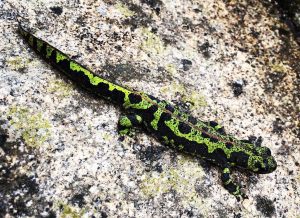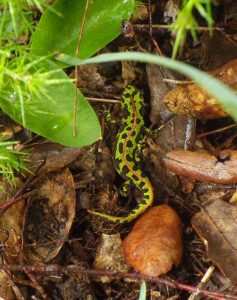In recent years, Iberian lynx has been one of the most endangered mammals on the planet. Fortunately, and thanks to the efforts made by many people, organizations and foundations, their populations are recovering at a very interesting rate. There are currently more than 2000 lynxes in the Iberian Peninsula and more than 200 in Extremadura. These figures contrast with the less than 100 lynx that lived in the whole Peninsula in 2002. Today seeing lynx in Extremadura is no longer a utopia, it is a real possibility, although of course it is not easy and we will not see them “every day”.

In this article I am going to describe the main areas where you can see lynxes in Extremadura. Of course I will not talk about specific points or the best times to visit these spots. The lynx is a very sensitive species and we should disturb it as little as possible. However, if you want to increase exponentially your chances of seeing them, you will be able to hire our services by clicking in the link.
Mainly we will offer a safari in which we will complement the possible observation of lynxes with birds of prey and other very interesting fauna. If you click on the word safari you will be able to discover all the species that you will be able to observe during the day. Throughout the day we will make small stops in hot spots to maximize the possibilities, but seeing lynx is never going to be something we can guarantee. If you have any questions, doubts or suggestions do not hesitate to contact us. Whatsapp, instagram, facebook, email… use the channel with which you are more comfortable and we will help you in everything in our power.
Lynx in Extremadura Where to start?
First of all I would like to reiterate what I said before to avoid possible misunderstandings. In this article I am mainly compiling information that is already available on the Net, adding my opinion based on my experience. I am not going to reveal any specific point, neither the best areas to see the rut, nor hunting areas, nor of course the breeding areas. In fact, most of the time lynxes live in private estates where they live quietly. Logically, we will not be able to access these areas, and this must continue to be the case in order to guarantee their well-being.

In addition, the lynx, like other carnivores, is a mammal with mostly nocturnal habits, which makes sightings much more difficult. However, at certain times of the year they move more and it is easier (or rather, less improbable) to see them. These times are the rutting season, which in Extremadura goes more or less from December to February, and late spring, when the cubs begin to go out into the countryside accompanied by their mothers.
I would like to ask the utmost respect to all those people who want to come and try to see them. Although “officially” it has changed its conservation status from endangered to vulnerable in 2024, most of the population nuclei are not interconnected. Consanguinity continues to be a serious problem and on the other hand, every year many specimens die as a result of roadkills. It is essential that we continue to do everything possible for this feline, so that its population trend does not change and continues to grow as it has done in the last 20 years.
Where are their populations in Extremadura?
 The latest data available is from the 2024 census, recently published on the website of Lynx connect. And as a picture is worth a thousand words, for this point I will limit myself to share the data from this census, so that you know them.
The latest data available is from the 2024 census, recently published on the website of Lynx connect. And as a picture is worth a thousand words, for this point I will limit myself to share the data from this census, so that you know them.

As can be seen, Matachel area is the one with the highest number of specimens, but the populations are still not interconnected, which makes genetic exchanges very difficult. In all these areas, measures have been implemented to reduce road kill, but even so, mortality remains high. Please take extreme caution when driving in these areas, especially at night. The last thing we would want as wildlife lovers is to contribute, even if unintentionally, to increase the number of roadkill.
Advices to watch lynx in Extremadura
As we have said before, lynxes are mainly nocturnal animals so the chances of seeing them will be higher at dawn or dusk. However, there are days when some specimens move during the day, or we may also be lucky enough to see them while they are napping. It is essential to keep a safe distance to disturb them as little as possible. Some of them are hardly afraid of humans, but this does not mean that we should approach them, as it is not good for them to get used to it.

Nowadays there are cameras, binoculars and telescopes that allow us to make a quality observation (and if we want also photos) at a prudent distance. If we are lucky enough to see a specimen moving and passing close to where we are, enjoy, but if we locate a specimen in the distance it is better not to try to get close. Although I am not a great expert on lynxes, I will give you some advice depending on the time of the year.
Watch lynx in winter

Although the most logical would be to start in the spring, winter is the time of the year in which we will have more chances to make sightings, coinciding with the lynx rutting season. At this time we will also have the great advantage that they meow. Mainly the males to attract the attention of the females, but sometimes they also respond or simply do it to show their willingness to mate.
At this time and generally in all seasons, it is best to look for lookouts or areas that are high up, from which we have enough visibility. This will allow us to locate them more easily both visually and by the sounds emitted, so we should always be listening, attentive to their meows.
Spring, breeding season for the Iberian lynx

If we want to see lynx in Extremadura in spring, it is also a good time to do so. At the end of spring, lynx cubs will make their first field trips. These first outings will always take place accompanied by their mother and they will gradually move further and further away from their den. Most of the breeding areas as we have said are also located in private estates that we cannot access, but sometimes they decide to breed near public roads or mountains.
If we are fortunate enough to locate a female with young in spring, it is very likely that the burrow is nearby. In this case we should be even more cautious, even looking for a point from where we can observe them without being seen by other people. It is not about being selfish, but quite the opposite. We never know if other people will be responsible and proceed as they should in these cases, so my recommendation will always be that we do not share this information, except logically with professionals who work in their conservation.
Of course everyone is free to do what they want but I am writing this so that you have all the information available and do not make mistakes out of ignorance. It goes without saying that causing a nuisance to wildlife and especially to protected wildlife is punishable by law. Fines can reach up to 200,000 euros and even imprisonment if the nuisance involves serious damage. I recommend you to read this oficial manual of best practices if you haven’t already done so before you started.
Watching Iberian lynxes in summer

In summer, due to the high temperatures, Iberian lynxes concentrate their activity even more at night. However, in addition to sunrise and sunset, in summer we can observe them, if we are lucky, in shaded roosts. The lynx, like all felines, is not usually a water lover, but in summer it needs to drink frequently. And in addition to drinking, it likes cool and humid areas to spend the central hours of the day. And in summer in Extremadura it is not uncommon to exceed 40 degrees in the shade.
At this time we can also be lucky enough to see females with cubs, which are growing up and making longer and longer excursions further and further away.
However, from 10 am to sunset, it will be really difficult to see them, as they will hardly move in these central hours. If we are lucky enough to locate a “siesta” area, I recommend the same. Let’s keep this information to ourselves, locate a point far enough away so as not to disturb them, discreet so that they do not see us and enjoy their observation without causing any inconvenience.
If in addition to wildlife lovers you are passionate about photography and your goal is to take high quality photos, I recommend that you hire a hide. Nowadays there are many hides that offer quality services and high possibilities. This way we can get “magazine” photos without disturbing the animals. In my case I have never gone to a hide, because for me what is really exciting is to be able to observe the animal in its natural habitat and in its daily activity. I know it’s not easy and I’m not going to have incredible photos, but that’s not what I’m looking for. I am looking to observe, enjoy and not interfere, but everyone has their own preferences.
Autumn, watching lynx in Extremadura

Autumn is not a bad time to see lynxes either, as young specimens begin to go on longer outings and move further away from the areas where they were born. By the end of autumn they are even able to hunt “easy” prey such as rodents or small rabbits on their own. And they spend more and more time away from their mothers, although they do not become fully independent until about one year of age.
This is a good time, above all, to observe young specimens. However, it is also a delicate time as these increased movements mean that they sometimes cross roads alone for the first time in their lives. Currently there are measures in the areas with the highest lynx traffic, such as underpasses or the installation of high wire fences. However, these measures are not 100% effective and lynxes can jump over these fences and cross wherever they want. Therefore, we must be extremely cautious.
In autumn, the ideal is to look for “hunting” areas and look for observation points from which we can observe large territories with a good density of prey. Although I have not mentioned it yet, the field rabbit will be your main prey. If we find areas with a good density, in lynx territories, they will always be good hunting areas.
Final conclusion, watching lynx in Extremadura

I hope you found this article useful and interesting. If you dare to try to see lynx in Extremadura, I hope you enjoy the experience, whether you decide to hire our services or not. As I said before I do not consider myself an expert, but I have many hours in the field, a good handful of sightings and I am sure that I will be able to offer you a great experience. Many thanks again to Philippe for kindly lending me some of the photos that appear in this article.



